Results
-
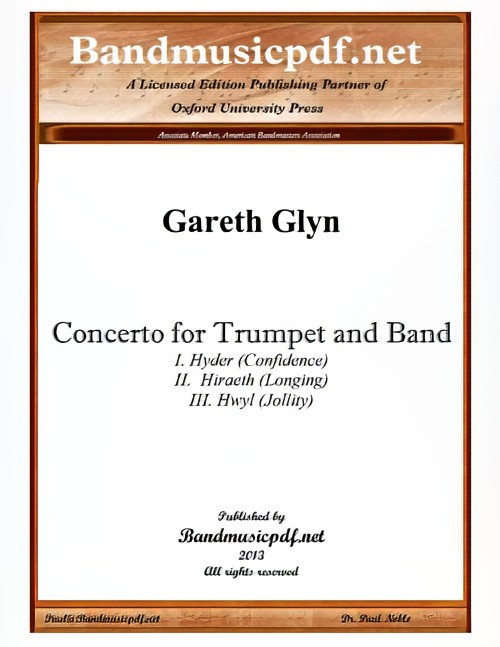 £250.00
£250.00Concerto for Trumpet and Band (Trumpet Solo with Concert Band - Score and Parts) - Glyn, Gareth
This amazing and powerful concerto for trumpet is a rare find. It will take a magnificent soloist and an outstanding ensemble to perform this piece, but musically it will be a worthwhile effort.
Estimated dispatch 7-14 working days
-
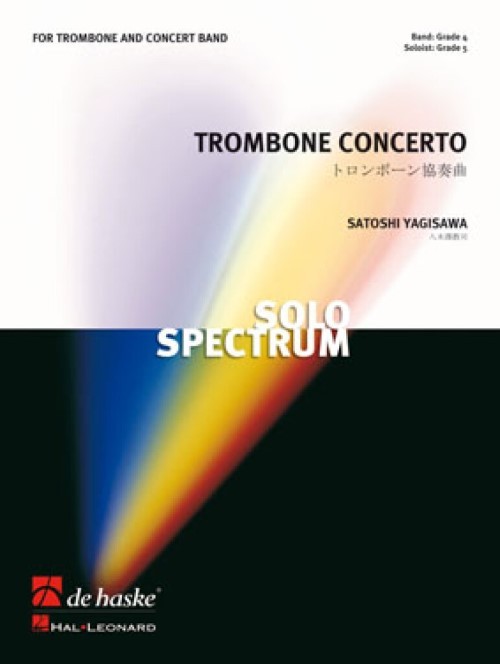 £239.99
£239.99Trombone Concerto (Trombone Solo with Concert Band - Score and Parts) - Yagisawa, Satoshi
Satoshi Yagisawa's Trombone Concerto is both impressive and original at the same time. It features a slow-fast-slow structure with each movement being connected to the next. The second movement, with its rich choralelike writing, is especially noteworthy, bringing out the warmest and most delicate sounds of the trombone. Yagisawa also takes extreme care in how the soloist and band interact with each other, creating an unforgettable work!Duration: 15:00
Estimated dispatch 7-14 working days
-
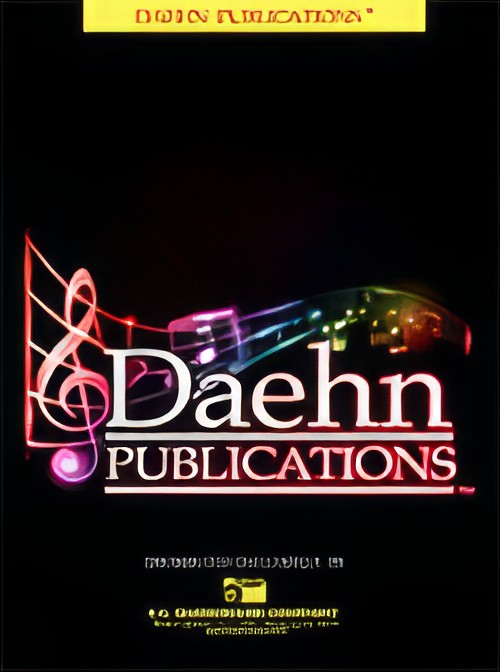 £76.00
£76.00Concerto for Prince Johann (Concert Band - Score and Parts) - Bach, Johann Sebastian - Daehn, Larry
This piece is full of youthful exuberance! Based on the last movement of a concerto written about 1713. This is a big exciting organ work for band. Two groups playng sixteenth notes; groups playing eighth notes, adding excitement; and the quarter-note octave melodies, speaking the powerful bass-pipes voice. A wonderful experience for performers and audiences alike! Duration: 2.15
Estimated dispatch 7-14 working days
-
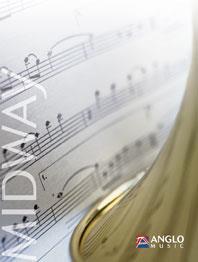 £194.99
£194.99Euphonium Concerto No.2 (Euphonium Solo with Concert Band - Score and Parts) - Sparke, Philip
The original concept for this work was a suite of short movements, each with its own character, but by the time the first movement was complete it was clear that a conventional three-movement format was going to work out better. The opening movement contains much syncopation and is almost rag-like in style. The slower second movement explores the unsurpassable ability of the euphonium to play lyrically, with a theme that is later taken up by the band whilst the soloist weaves a filigree descant. This leads straight into the third movement, which is almost bebop in style and shows off the jazzier capabilities of the euphonium. The concerto was composed for the virtuoso soloist, Steven Mead. A version for euphonium and piano is also available.Duration: 16:30
Estimated dispatch 7-14 working days
-
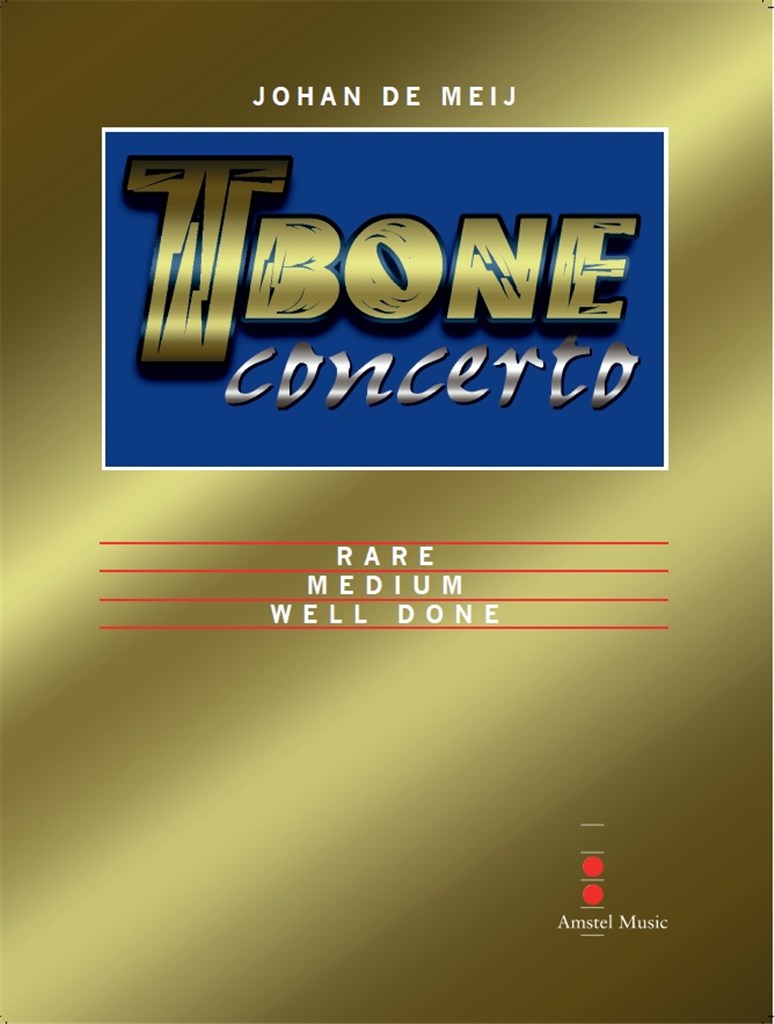 £344.00
£344.00T-Bone Concerto (Trombone Solo with Concert Band - Score and Parts) - De Meij, Johan
The T-Bone Concerto was Johan de Meij's first composition for solo instrument and symphonic band. It consists of three movements called respectively 'Rare', 'Medium' and 'Well Done'. In addition to the solo trombone, an important role has been allotted to a kind of chamber music ensemble within the band. This group introduces new thematic material and accompanies the soloist, thus creating a delightful transparant accompaniment. The ensemble consists of a double wind quintet (2 flutes, 2 oboes, 2 clarinets, 2 french horns and 2 bassoons) plus a cor anglais and a double bass. Parts I and II are written in the A-B-A form and allow the soloist to display both the technical and the lyrical characteristics of the instrument. Part III at first develops into a kind of neo-baroque style using the thematic material of the first and second movement, and finally leads to a triumphant finale and a virtuoso conclusion. Duration: 25.00
Estimated dispatch 7-14 working days
-
 £111.00
£111.00Well Done (Movement III from T-Bone Concerto) (Trombone Solo with Concert Band - Score and Parts) - De Meij, Johan
The T-Bone Concerto was Johan de Meij's first composition for solo instrument and symphonic band. It consists of three movements called respectively 'Rare', 'Medium' and 'Well Done'. In addition to the solo trombone, an important role has been allotted to a kind of chamber music ensemble within the band. This group introduces new thematic material and accompanies the soloist, thus creating a delightful transparant accompaniment. The ensemble consists of a double wind quintet (2 flutes, 2 oboes, 2 clarinets, 2 french horns and 2 bassoons) plus a cor anglais and a double bass. Parts I and II are written in the A-B-A form and allow the soloist to display both the technical and the lyrical characteristics of the instrument. Part III at first develops into a kind of neo-baroque style using the thematic material of the first and second movement, and finally leads to a triumphant finale and a virtuoso conclusion. Duration: 6.15
Estimated dispatch 7-14 working days
-
 £111.00
£111.00Medium (Movement II from T-Bone Concerto) (Trombone Solo with Concert Band - Score and Parts) - De Meij, Johan
The T-Bone Concerto was Johan de Meij's first composition for solo instrument and symphonic band. It consists of three movements called respectively 'Rare', 'Medium' and 'Well Done'. In addition to the solo trombone, an important role has been allotted to a kind of chamber music ensemble within the band. This group introduces new thematic material and accompanies the soloist, thus creating a delightful transparant accompaniment. The ensemble consists of a double wind quintet (2 flutes, 2 oboes, 2 clarinets, 2 french horns and 2 bassoons) plus a cor anglais and a double bass. Parts I and II are written in the A-B-A form and allow the soloist to display both the technical and the lyrical characteristics of the instrument. Part III at first develops into a kind of neo-baroque style using the thematic material of the first and second movement, and finally leads to a triumphant finale and a virtuoso conclusion. Duration: 8.30
Estimated dispatch 7-14 working days
-
 £111.00
£111.00Rare (Movement I from T-Bone Concerto) (Trombone Solo with Concert Band - Score and Parts) - De Meij, Johan
The T-Bone Concerto was Johan de Meij's first composition for solo instrument and symphonic band. It consists of three movements called respectively 'Rare', 'Medium' and 'Well Done'. In addition to the solo trombone, an important role has been allotted to a kind of chamber music ensemble within the band. This group introduces new thematic material and accompanies the soloist, thus creating a delightful transparant accompaniment. The ensemble consists of a double wind quintet (2 flutes, 2 oboes, 2 clarinets, 2 french horns and 2 bassoons) plus a cor anglais and a double bass. Parts I and II are written in the A-B-A form and allow the soloist to display both the technical and the lyrical characteristics of the instrument. Part III at first develops into a kind of neo-baroque style using the thematic material of the first and second movement, and finally leads to a triumphant finale and a virtuoso conclusion. Duration: 10.30
Estimated dispatch 7-14 working days
-
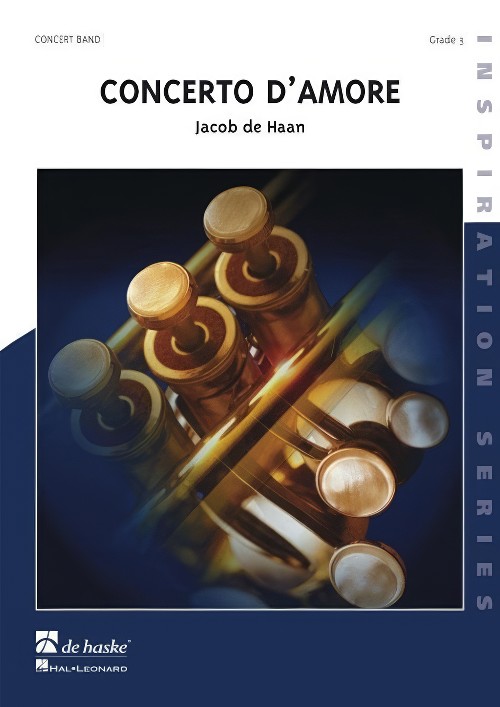 £139.99
£139.99Concerto d'Amore (Concert Band - Score and Parts) - De Haan, Jacob
In Concerto d'Amore, a maestoso opening is followed by a quick and energetic movement that leads to a magnificent adagio. A motif from this adagio can be heard in a swinging movement, after which the piece comes to a close with the return of the adagio. This arrangement for concert band certainly brings this beautiful music to life.Duration: 7:19
Estimated dispatch 7-14 working days
-
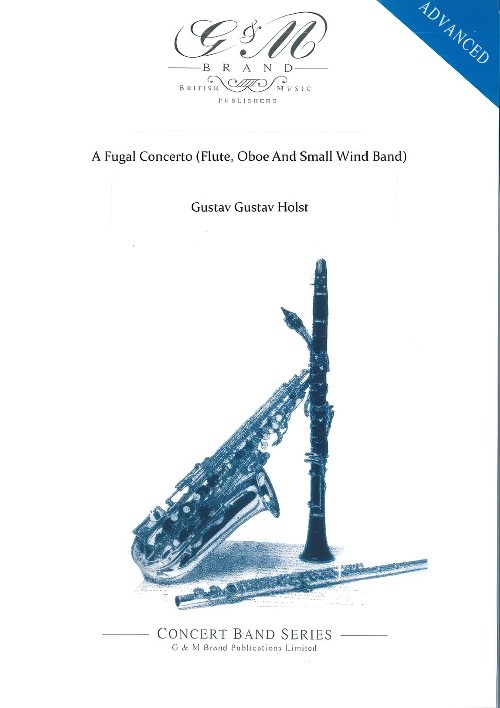 £84.95
£84.95A Fugal Concerto (Flute, Oboe And Small Wind Band) (Concert Band - Score and Parts) - Holst, Gustav - Brand, Geoffrey
This work was originally written for flute, oboe (or two violins) and String Orchestra in 1923. This arrangement was premiered by the Stockholm Symphonic Winds in September 1993, conducted by the arranger. The style of A Fugal Concerto is very much neo-classical - all the rage at the time, although whether Holst had heard Stravinsky's examples is not known. In so far as the work is fugal, the adjective applies more to the texture than the form, although the second movement is canonic. The contrapuntal texture is not straightforward as phrases are displaced across barlines and cross rhythms are a feature. Nothing is allowed to settle until the folk tune is introduced toward the end. Yet, within this musical web, fascinating patterns and cross references reveal themselves.
Estimated dispatch 7-14 working days
